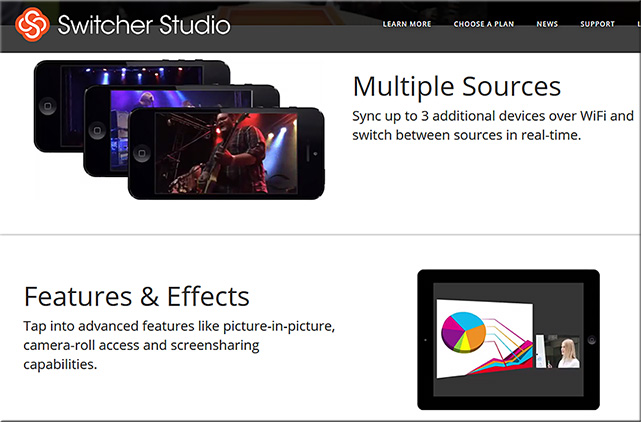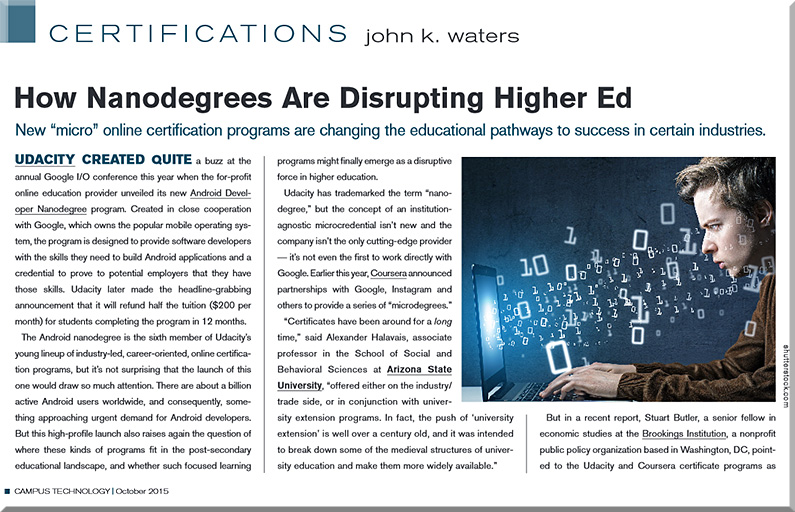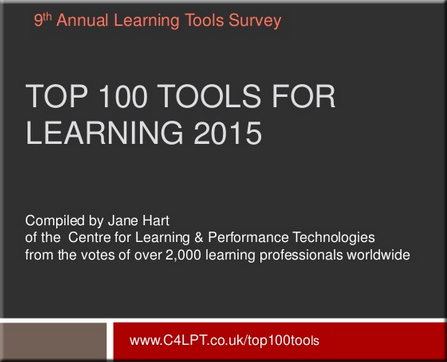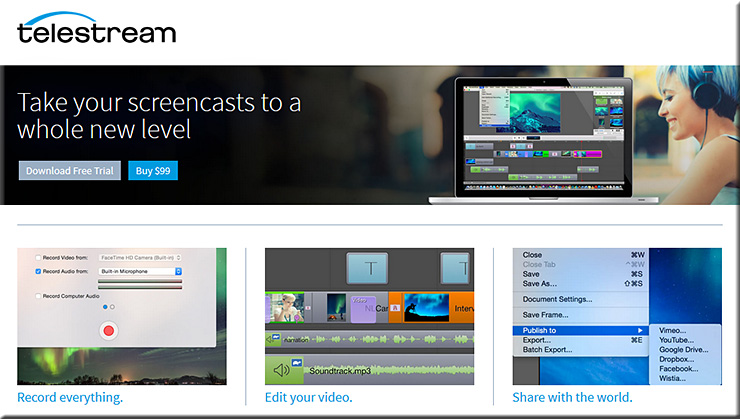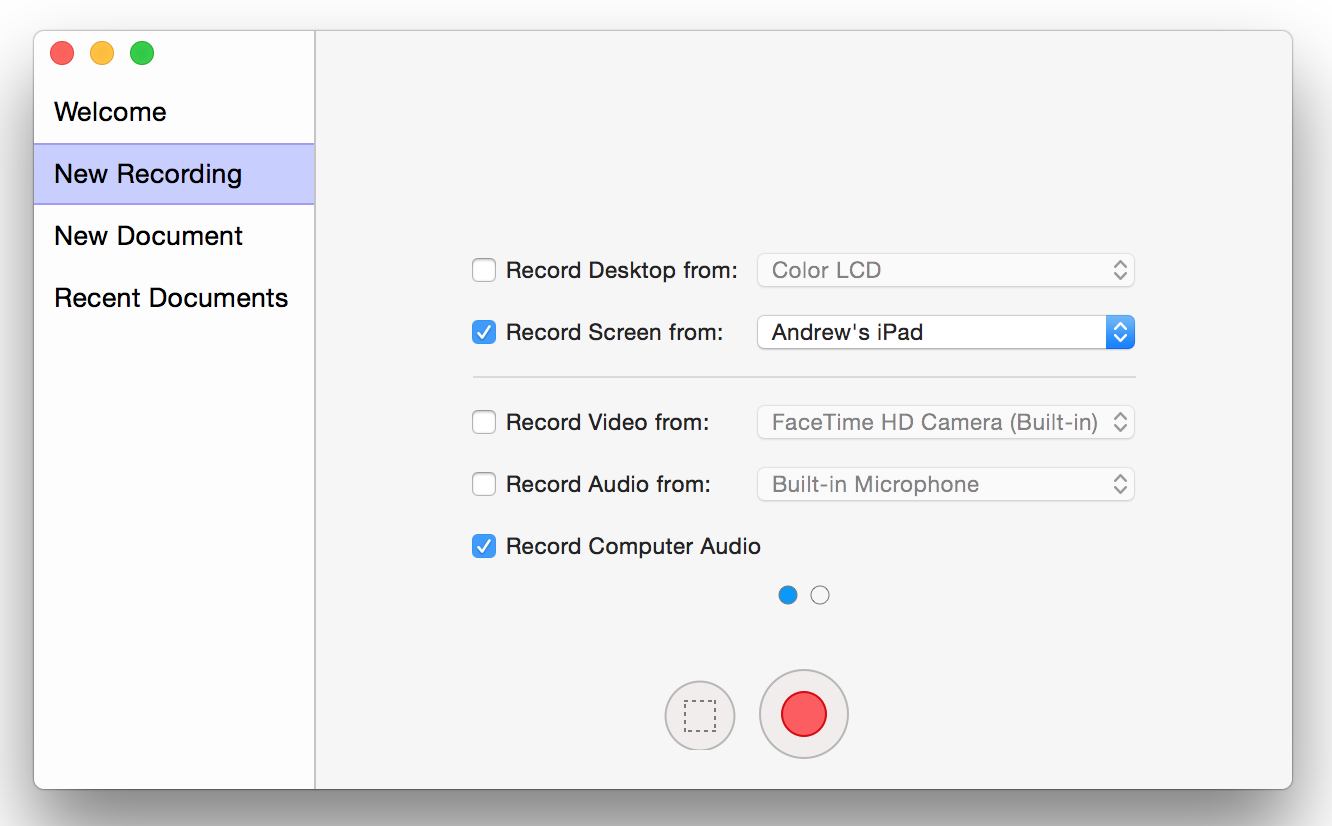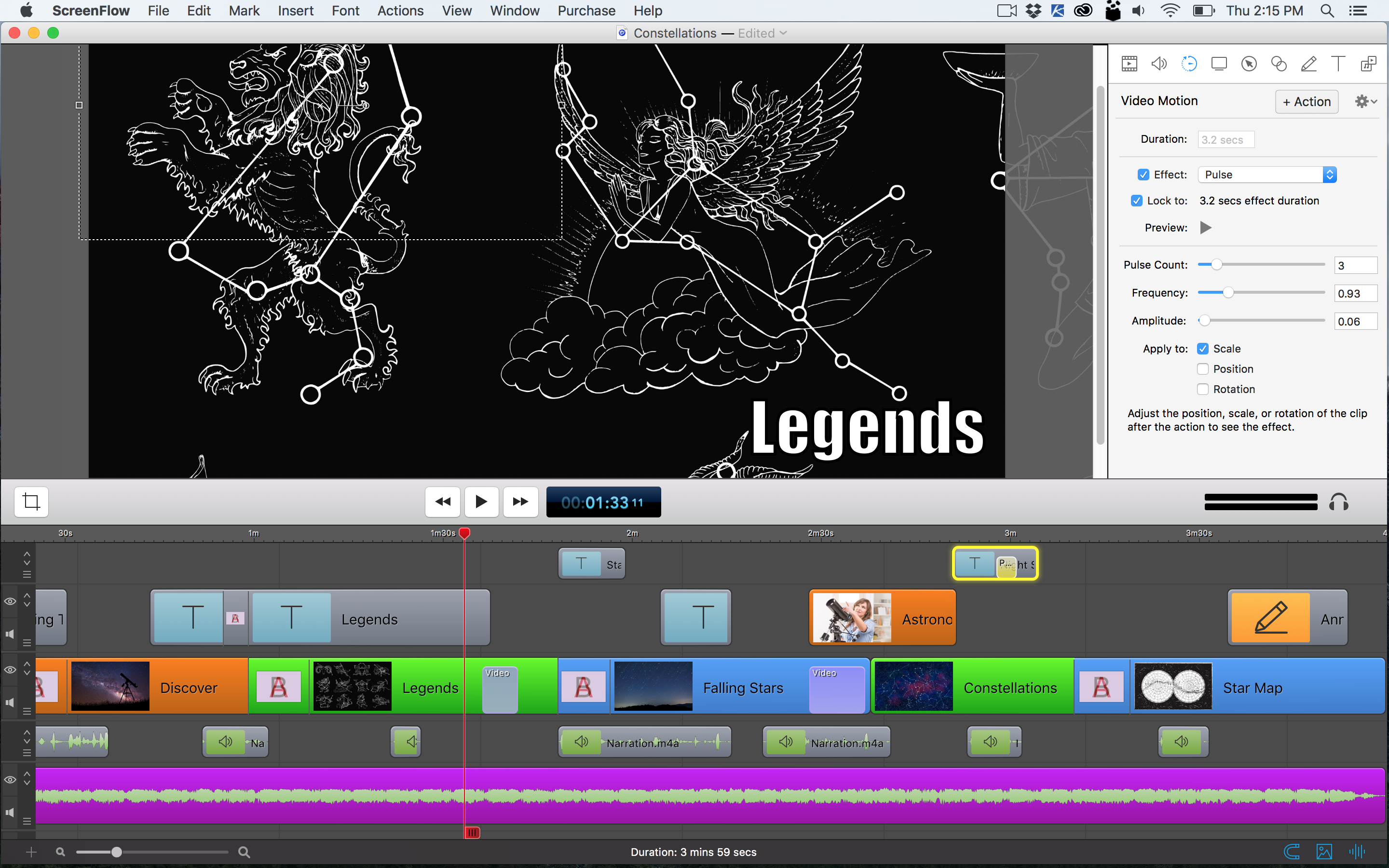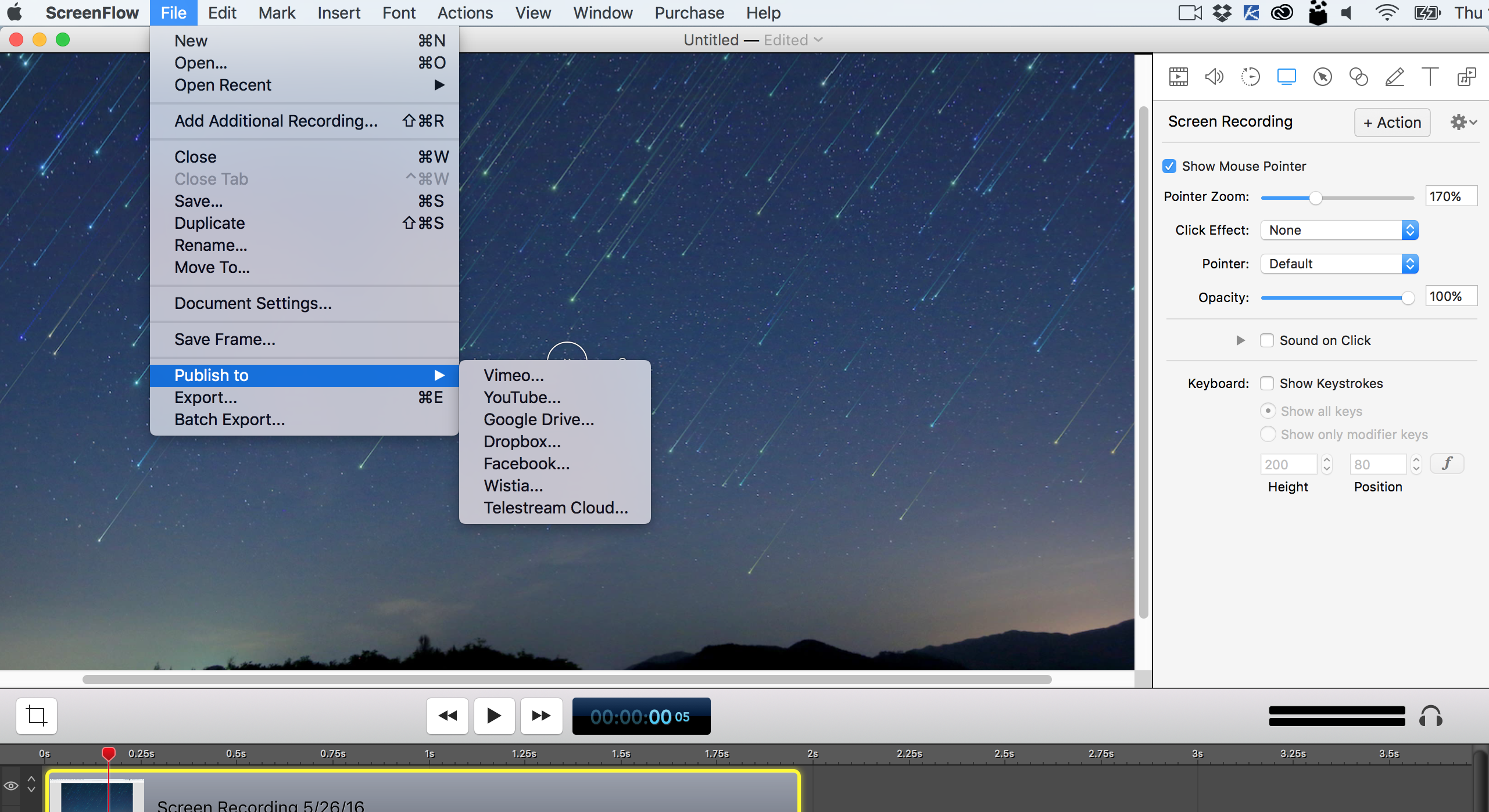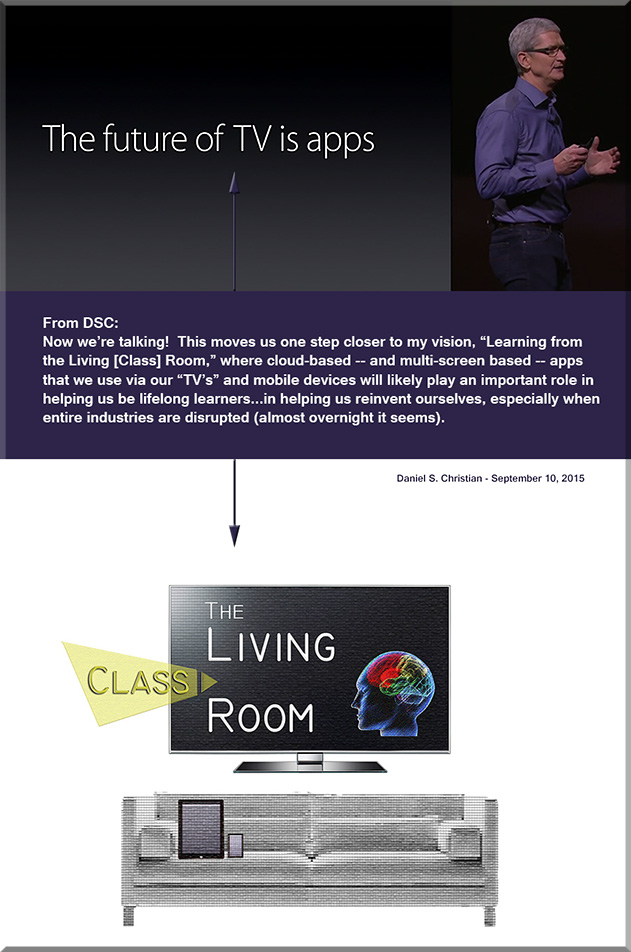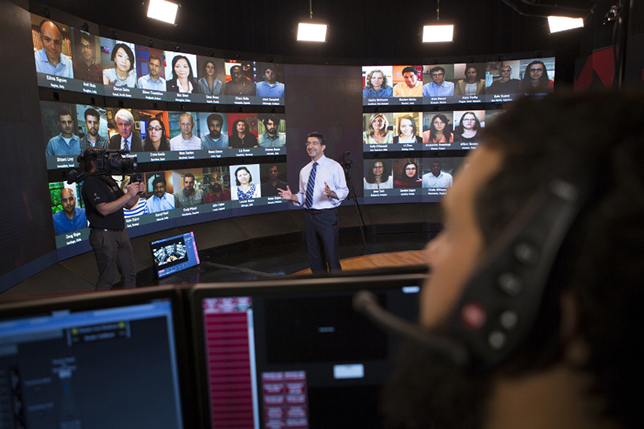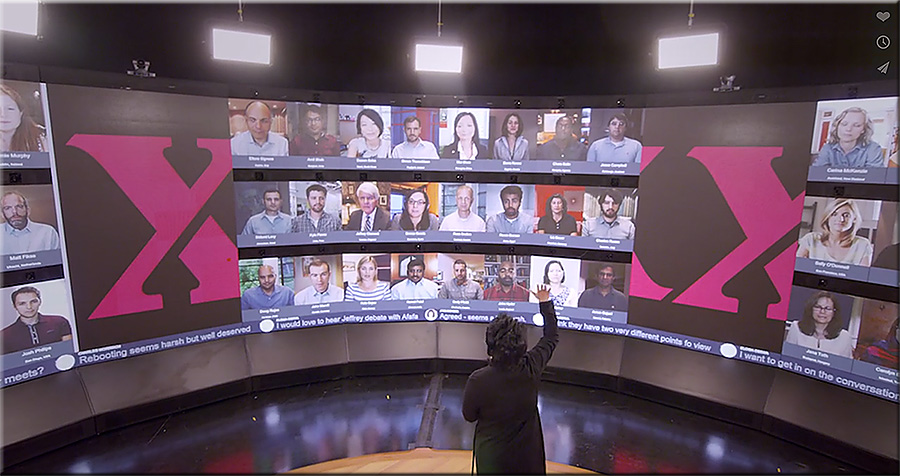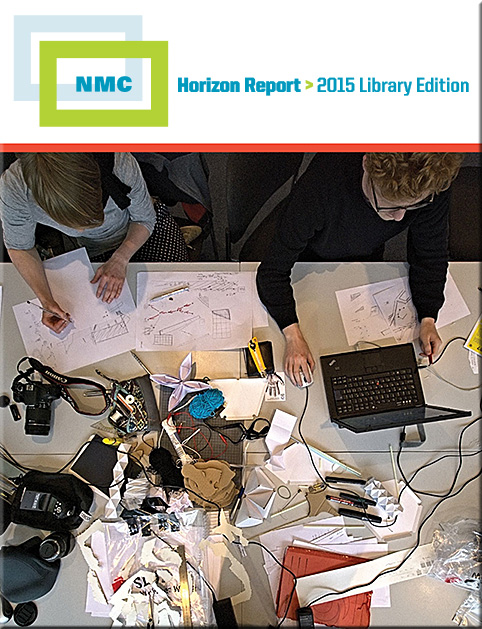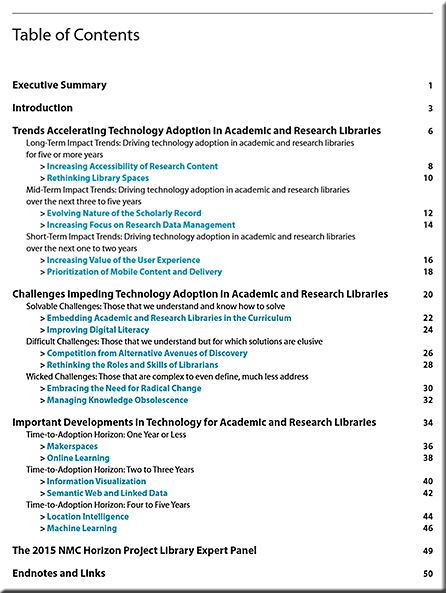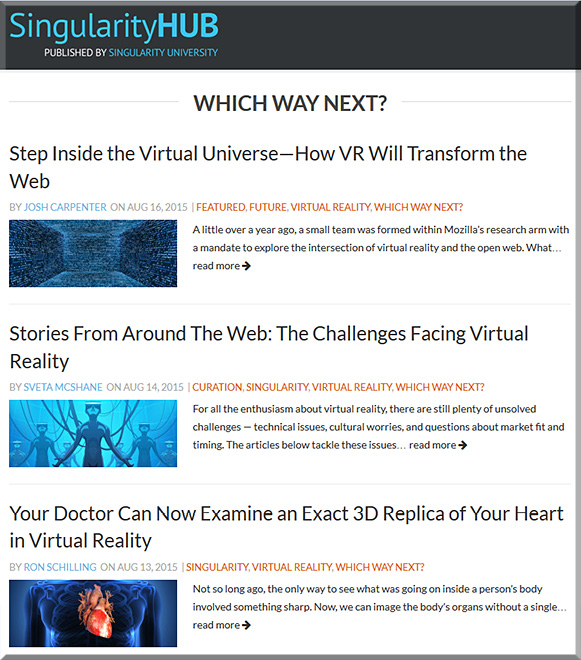The New Apple TV Invigorates the Set-Top Box — from nytimes.com by Brian Chen
Excerpt:
I NEVER imagined I would get hooked on reading comic books on a TV screen. That changed last week after I picked up a new Apple TV.
The new device, which is similar to a set-top box and brings video and music from the Internet to a television, now has an app store. So I downloaded Madefire, one of the first apps available for the new device. Madefire adds a twist to digital comics with sound effects, music and motion, bringing the panels to life on the big screen. Within minutes, I was bingeing on a series about Superman turning into a corrupt dictator.
Playing with apps is just one new feature of the revamped Apple TV, which will ship this week. It’s that plethora of innovations and apps that leads me to conclude that the upgraded $149 box is now the best TV streaming device you can get for your money.
Apple TV challenges developers to take apps to the big screen — from http://finance.yahoo.com by Julia Love
Excerpt:
(Reuters) – Apple’s loyal army of software developers is joining the tech giant in its bid to conquer the living room with a new version of Apple TV, creating apps for the big screen that they hope will attract users and unlock a rich source of revenue.
A long-awaited update to Apple TV, which launched in 2007, will start shipping in 80 countries on Friday.
Apple views apps as the future of television. An App Store is the centerpiece of the new device, and hundreds of apps will be ready at launch, including gaming, shopping and photography.
Although developers have already been able to make apps for smart TV rivals, Apple’s vast base of developers will set the device apart, analysts say. And developers say they relish the opportunity to reach users in a more intimate setting.
Building Apple TV Apps > Creating a Client-Server App
Which Apple TV Should You Buy? — from wired.com
Excerpt:
Pre-orders for the new Apple TV have begun. Well, technically, the new Apple TVs; the latest model comes in two sizes. Oh, and the previous version remains available too. For the first time in Apple TV history, you’ve got options. Now it’s time to figure out which one’s right for you.
‘Aerial’ brings beautiful Apple TV video screensavers to your Mac — from 9to5mac.com
Addendum:
- New Apple TV gets raves for the hardware, while some developers complain about app store design — from by D.B. Hebbard
- Forget the early reviews, the important new feature of the new Apple TV is not its hardware, but its yet to be launched app store — from talkingnewmedia.com by D.B. Hebbard
Like the iPhone before it, the new Apple TV won’t realize its potential without the support of the developer community, and those digital publishers who see the new platform as an attractive place for their media brands - Siri adds voice to Apple TV but where’s the 4K? — from usatoday.com
- Review: Apple TV brings iPhone-like apps to the big screen — from finance.yahoo.com by Anick Jesdanun
Apple TV solid for video, games, but other apps is where it can shine










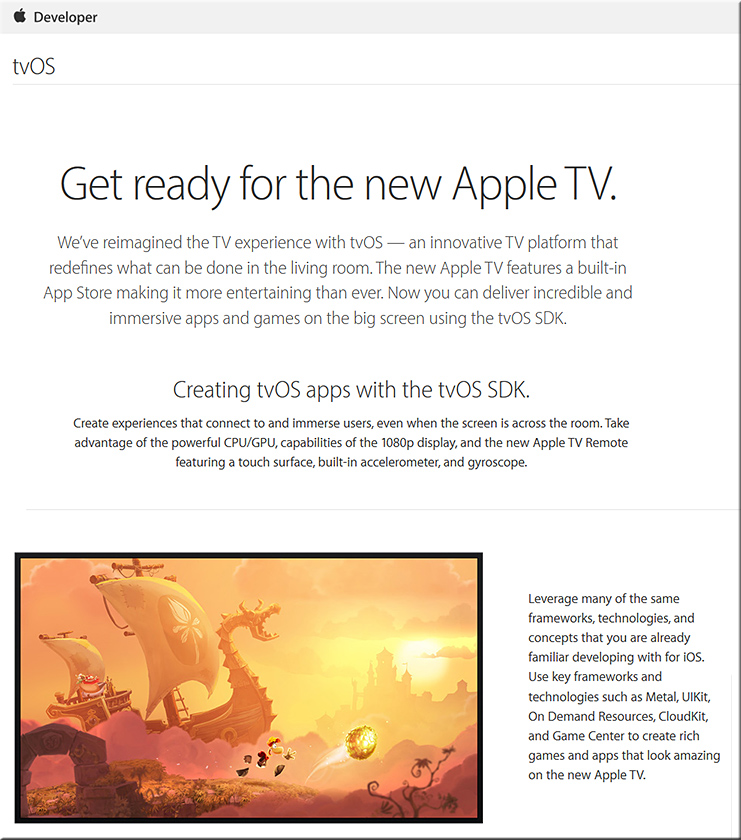
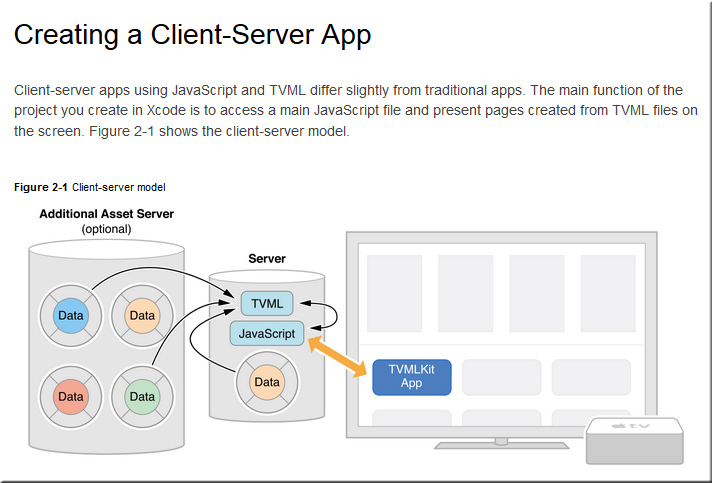

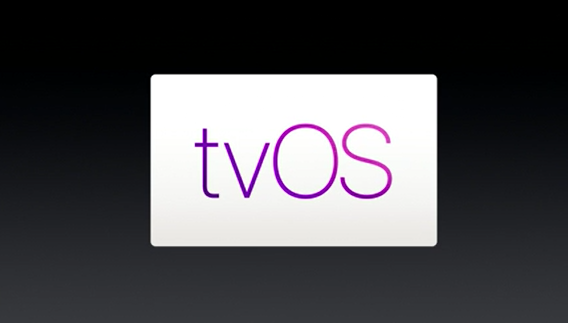
![The Living [Class] Room -- by Daniel Christian -- July 2012 -- a second device used in conjunction with a Smart/Connected TV](http://danielschristian.com/learning-ecosystems/wp-content/uploads/2012/07/The-Living-Class-Room-Daniel-S-Christian-July-2012.jpg)


